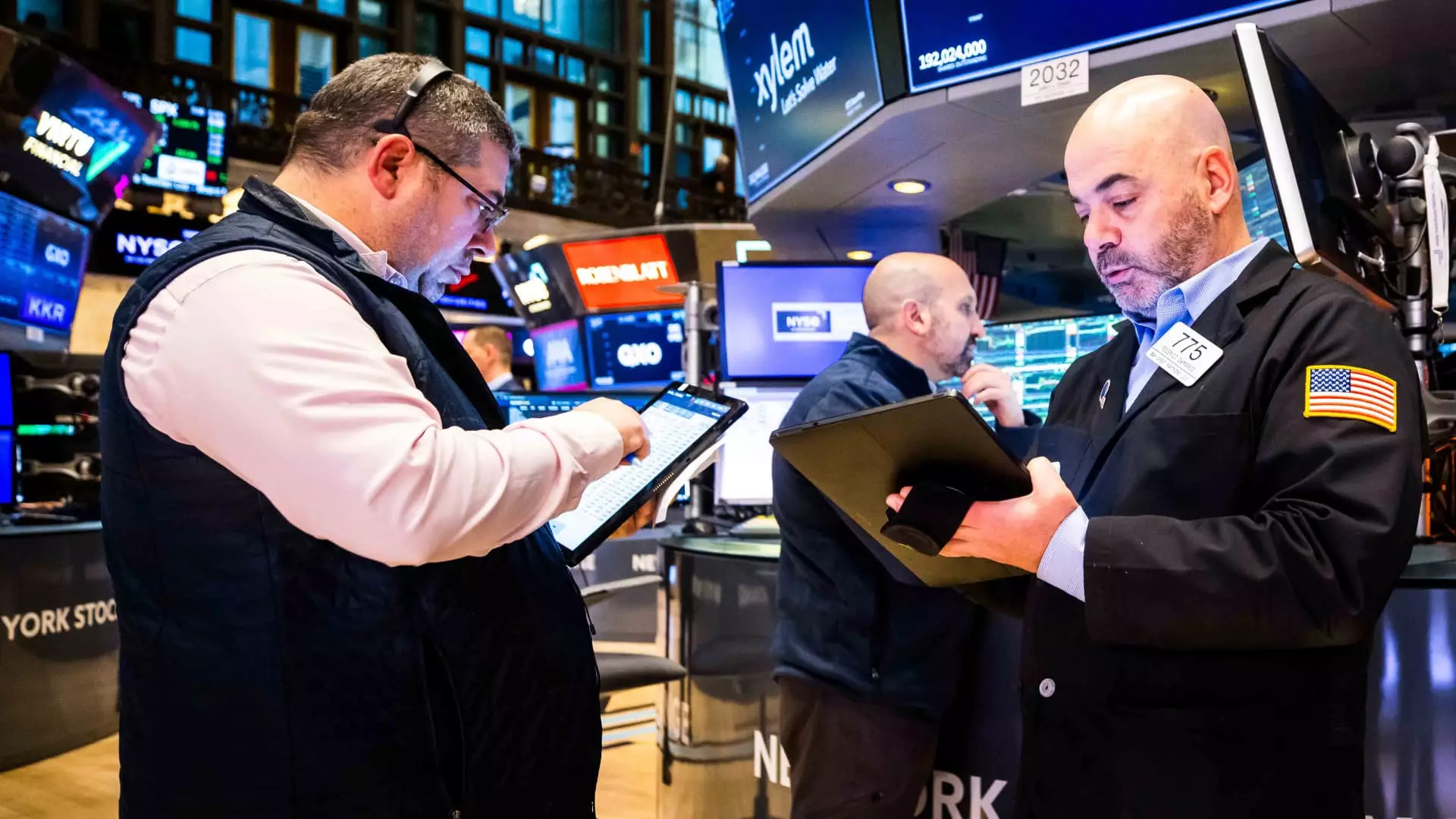The allure of stock picking is undeniable; the idea that one could surpass the market simply by selecting the right stocks is a tantalizing proposition. However, the evidence suggests that this endeavor is fraught with challenges. According to S&P Global, a staggering 73% of active managers underperform their benchmarks after just one year. This figure rises sharply to 95.5% over a five-year span, culminating in a bleak landscape where, after fifteen years, virtually no active managers can claim to outperform their benchmarks. In a world where financial success is often attributed to skill and insight, these statistics force us to reconsider the efficacy and sustainability of active management.
Veteran financial strategist Charles Ellis underscores the growing dominance of passive investing, asserting that the proliferation of index funds and ETFs is reshaping how we approach investment management. Ellis, a prominent figure in the investment community and a founding member of the consulting firm Greenwich Associates, argues that while the influx of talent into active management roles continues unabated, the number of managers who can consistently outperform is minuscule. He suggests that the allure of high compensation and the thrill of competing in the market might be enticing for many, but the reality is that chasing short-term gains often leads to long-term underperformance.
Ellis’s perspective is echoed by ETF expert Dave Nadig, who notes that despite a rise in active management inflows, the staggering growth rates of index funds demonstrate a significant shift in investor sentiment. The vast majority of money flowing into the market is being directed towards broad index funds and target-date funds, often selected by less experienced investors seeking simplicity over strategy. Thus, while active management continues to thrive in certain niches, it remains overshadowed by the monolithic growth of passive investment vehicles.
As passive investment vehicles, exchange-traded funds (ETFs) have revolutionized the investment landscape. Ellis acknowledges the positive aspects of this growth, particularly the decrease in fees accompanying the rise of ETFs. However, he raises a pertinent concern regarding the proliferation of specialized ETFs that may cater more to the interests of salespersons rather than the needs of investors. The temptation to invest in narrowly focused, leveraged ETFs that promise high returns can lead to disastrous outcomes, as they increase the risk of substantial downturns, leaving investors vulnerable.
Ellis warns that investors looking for opportunities in the ETF space must proceed with caution. The danger lies not only in the potential for financial loss but also in the complexity of the products being offered. In an environment increasingly dominated by technology and sophisticated financial instruments, distinguishing between genuinely beneficial investment options and those engineered for short-term gain becomes imperative for investors aiming to achieve their long-term financial goals.
With technology now an integral part of the investment landscape, equity markets have become a level playing field where everyone has access to the same tools and information. Nadig points out that this democratization of technology makes it nearly impossible for active managers to maintain a sustainable competitive advantage. The irony is that while there is great talent and skill among active managers, their collective expertise often neutralizes individual efforts, resulting in a form of market cancelation where no one typically wins.
This reality speaks to a larger narrative in finance: the quest for an edge in stock picking is fraught with unpredictability. Modern quantitative models and advancements in computing power have transformed stock picking into a complex game with unpredictable outcomes. In what might be described as a poker game with all cards face-up, it becomes increasingly difficult to strategize and execute trades with the hope of significant returns.
In light of these findings, it is crucial for investors to reevaluate their strategies and prioritize discernment over impulsive decision-making. The seductive notion of outsmarting the market does not align with the statistical reality that most active managers consistently underperform. This understanding can guide investors toward optimizing their portfolios by preferring passive investment methodologies, which, despite their simplicity, offer a more reliable pathway to capital preservation and growth over time. Recognizing the shifting tides of investment management can empower individuals to make informed choices that align with their long-term objectives. Instead of chasing elusive outperformance, there is wisdom in adopting a steady, analytics-driven approach to investing.

